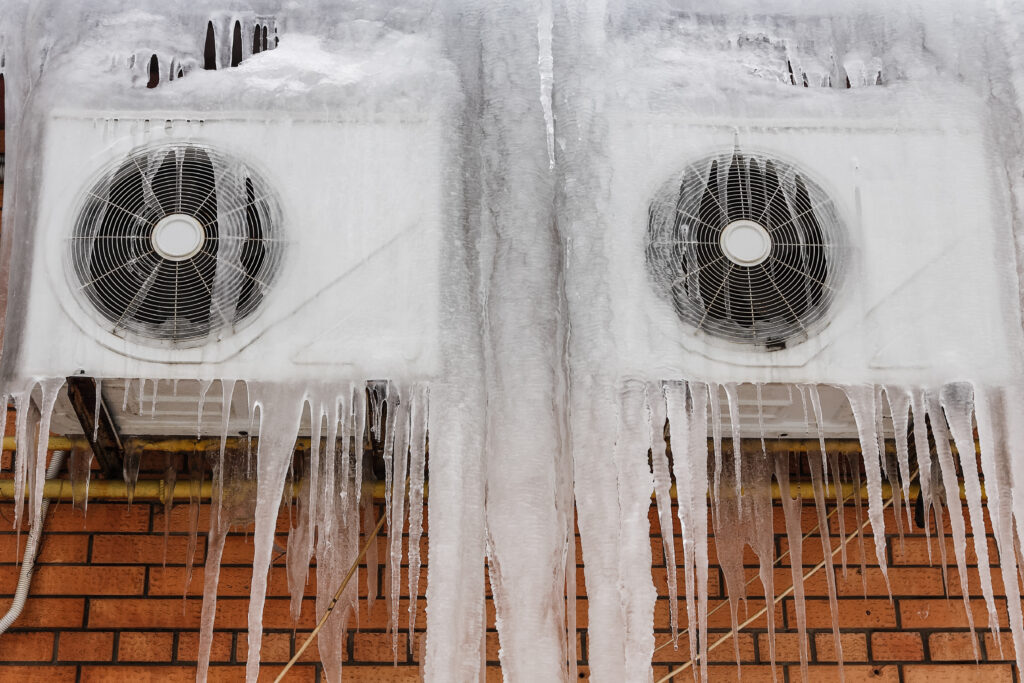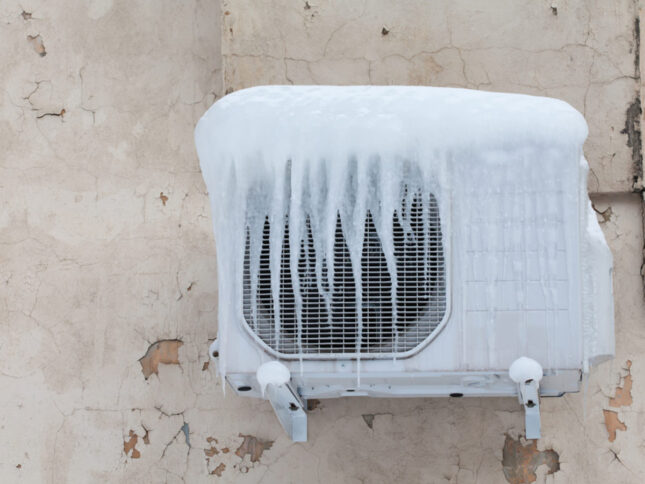Actions to Take When Your AC Pipe is Frozen: Detailed Guide
Actions to Take When Your AC Pipe is Frozen: Detailed Guide
Blog Article
Just about every person has got their own unique theory involving Air Conditioner Frozen? How To Fix your Frozen AC Line.

Intro
Uncovering that your a/c pipeline is iced up can be concerning, especially throughout warm summer season when you rely on your air conditioning system the most. Understanding what to do in such a circumstance is essential to prevent additional damage to your cooling system and ensure your comfort inside your home.
Comprehending the Causes
A number of elements can contribute to the cold of an a/c pipe. Recognizing these causes can help you address the concern efficiently.
Absence of Airflow
One common source of a frozen air conditioner pipe is inadequate air movement. When the air movement over the evaporator coil is restricted, it can cause the coil to drop below freezing temperature, bring about ice formation on the pipeline.
Reduced Refrigerant Levels
Not enough refrigerant levels in your AC system can additionally lead to an icy pipeline. Reduced refrigerant levels can create the stress in the system to go down, leading to the cold of dampness on the evaporator coil.
Winter Conditions
In chillier climates, freezing temperature levels outside can add to the freezing of air conditioning pipes. If your air conditioner system is not correctly insulated or if there are leakages in the ductwork, cold air can penetrate the system, causing the pipeline to freeze.
Dirty Air Filters
Filthy or clogged air filters can limit airflow in your a/c system, causing various issues, consisting of a frozen pipeline. It's necessary to replace or clean your air filterings system frequently to guarantee proper air movement and protect against ice buildup.
Indicators of a Frozen A/c Pipe
Recognizing the indicators of a frozen a/c pipeline is crucial for prompt activity.
Lowered Airflow
If you see a considerable reduction in air flow from your vents, it might show an icy pipe.
Ice Buildup on the Pipe
Noticeable ice build-up on the refrigerant line or the evaporator coil is a clear sign of a frozen AC pipeline.
Unusual Sounds from the Unit
Uncommon sounds, such as hissing or gurgling, originating from your air conditioning device can signify that there's ice existing on the pipeline.
Immediate Actions to Take
When faced with an icy air conditioner pipeline, it's necessary to act rapidly to avoid further damages to your air conditioning system.
Switching off the air conditioning
The very first step is to shut off your a/c to stop the system from running and aggravating the issue.
Checking for Blockages
Inspect the area around the indoor unit for any blockages that might be obstructing air flow, such as furniture or curtains.
Thawing the Pipe
You can make use of mild approaches like putting towels soaked in warm water around the icy pipeline to help thaw it gradually.
Preventive Measures
Taking safety nets can help stay clear of future events of a frozen air conditioner pipeline.
Regular Maintenance Checks
Set up regular upkeep talk to a professional HVAC professional to guarantee that your air conditioner system is running efficiently.
Altering Air Filters
Routinely replace or cleanse your air filters to stop airflow limitations and preserve optimum efficiency.
Insulating Exposed Pipes
If your AC pipes are subjected to chilly temperatures, think about protecting them to prevent freezing during winter months.
Seeking Professional Help
If DIY approaches fall short to settle the concern or if you're not sure regarding how to continue, it's ideal to seek assistance from a certified HVAC service technician.
When DIY Methods Fail
If your attempts to thaw the pipeline or address various other issues are not successful, it's time to contact a professional.
Relevance of Hiring a Professional HVAC Technician
A certified HVAC professional has the experience and devices necessary to diagnose and fix concerns with your air conditioning system safely and effectively.
Conclusion
Managing a frozen air conditioning pipeline can be a frustrating experience, but knowing just how to react can help minimize damages and bring back comfort to your home. By recognizing the causes, acknowledging the signs, and taking prompt action, you can efficiently deal with the problem and protect against future events.
Frozen AC Line: Why It Happens & What To Do About It
A frozen AC line can be a rather peculiar sight in a place like Phoenix, Arizona where nothing ever freezes. In this post, we’ll discuss what makes an air conditioner line frozen – and what you can do about it.
Dirty Air Filters
Did you know that you should be cleaning or replacing your air filters on a monthly basis? Failing to do this can result in airflow issues that, in turn, cause your evaporator coils and lines to freeze over. You’ll notice a buildup of ice on both components, although the buildup on your pipes will, of course, be more evident unless you open your air condition up to reveal the coils.
What To Do About It
Give your air filter a good cleaning if it’s reusable. If not, replace the filter outright. Next, switch your air conditioner’s fan setting on and leave it there for 2-3 hours. This will draw warm air in, helping to thaw your evaporator coil. You can also check out this article for some tips on cleaning the coils themselves if you’d like to speed the process up. Before you switch the unit back to its normal state, make sure the supply vents are completely unobstructed and free of dust or other debris.
If you keep having this issue even after replacing your filters regularly, contact a local HVAC repair company and have them inspect your evaporator coil, ductwork, and any other components that may be at fault. If you live in the Phoenix, Arizona area, give American Home Water and Air a call.
Low Refrigerant Levels/Leakage
What To Do About It
Contrary to what air conditioner “recharge” companies often tell their clients about refrigerant, it should never need to be simply refilled. You see, refrigerant runs in what experts refer to as a “closed loop.” Refrigerant really shouldn’t be leaving that loop. If it is, you’ve got a leak.
Paying someone to come and pump more refrigerant into your system (aka “recharge” it) isn’t the solution. Doing that will simply kick the can down the road. Besides, refrigerant leaks can be harmful to the environment and people in your home.
Rather, you need to take care of the leak with the help of a technician. Check out this article for some more information about dealing with air conditioners that are leaking refrigerant. Before you contact a technician, switch your thermostat to the off position. Then, switch the fan setting on and let it run for 2-3 hours so the unit can thaw.
Improper Temperature Setting
Improper temperature settings can also cause a drop in your air conditioner’s pressure. What many people don’t realize is that air conditioners are actually designed to run when temperatures have fallen above roughly 60 degrees Fahrenheit. If you run the unit when it’s cold outside, you’ll run into many issues, including frozen components.

Hopefully you liked our piece on What Causes AC Pipes To Freeze?. Thanks so much for taking a few minutes to browse our article post. Make sure you take the time to distribute this write-up if you enjoyed it. Thanks a lot for your time. Don't hesitate to check up our site back soon.
Find Out More Report this page